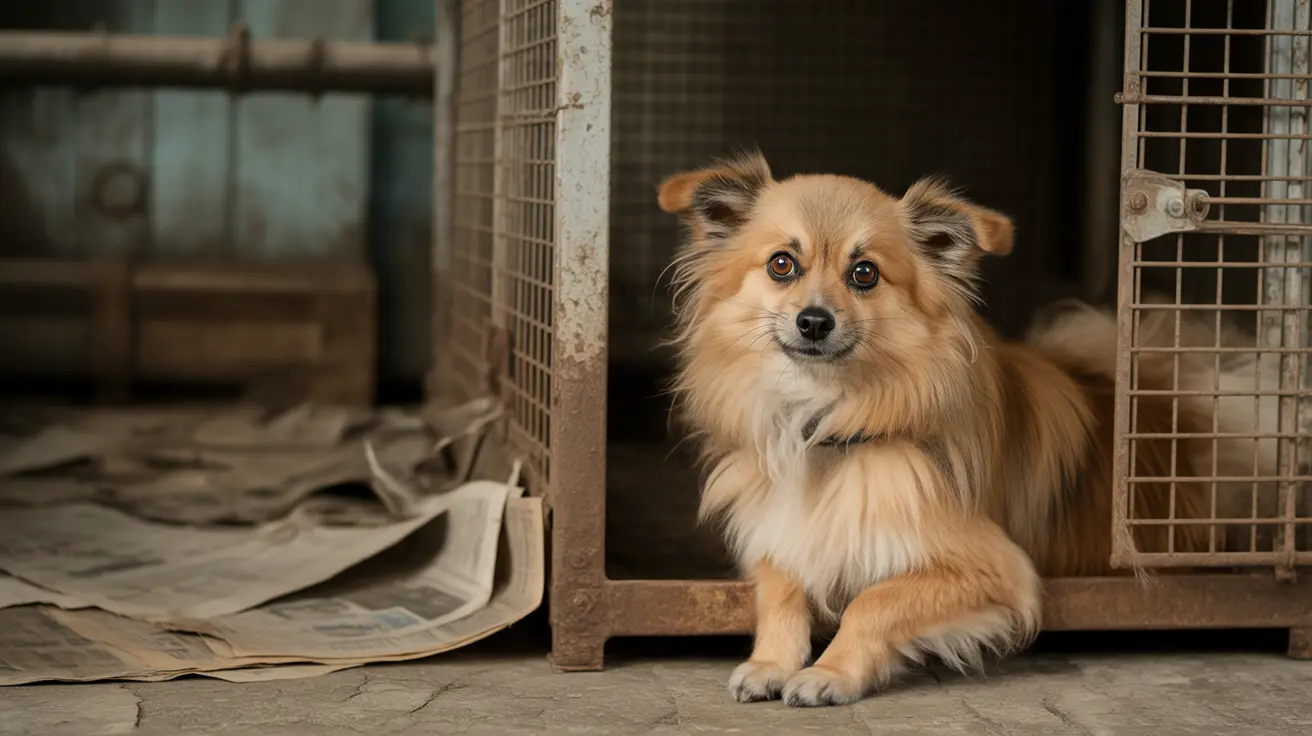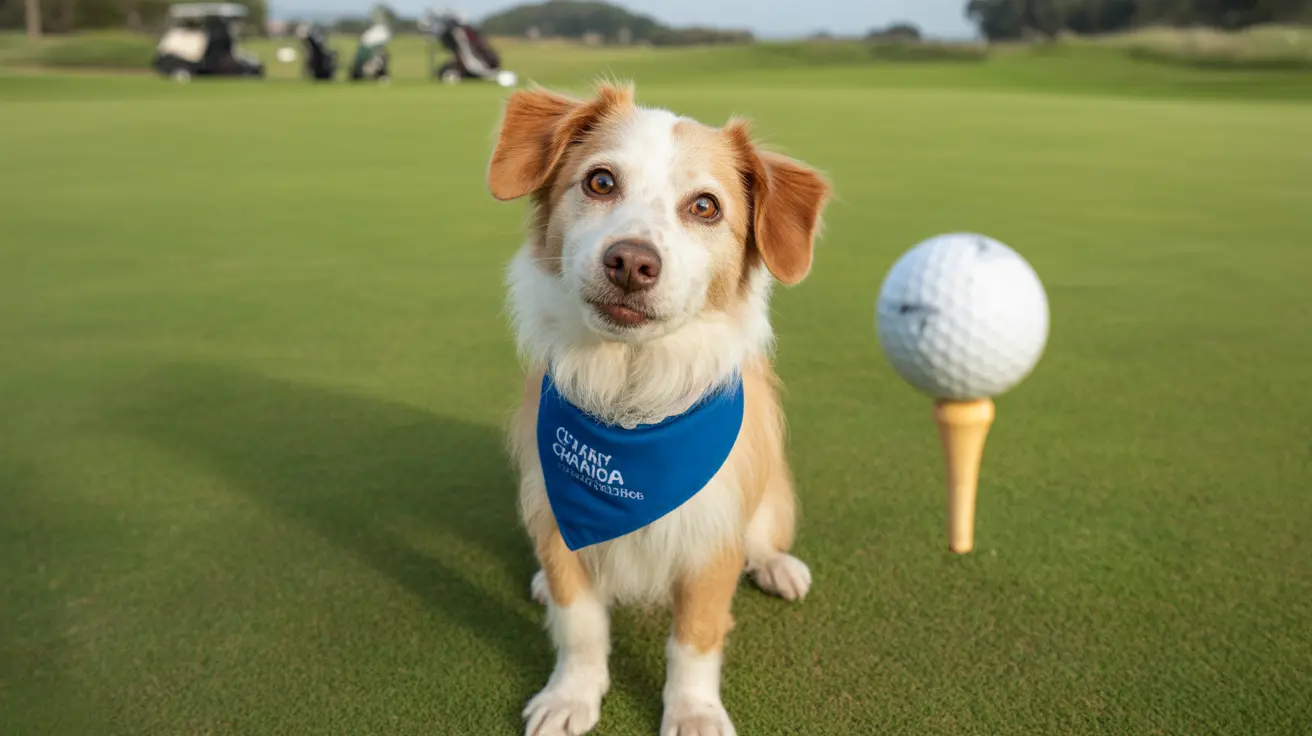For pet owners concerned about their dog's health, recognizing the signs of Giardia infection is crucial for early detection and treatment. One of the most telling indicators is the appearance of your dog's stool, which can provide important clues about this common parasitic infection.
In this comprehensive guide, we'll explore what Giardia-infected dog poop looks like, along with other important symptoms and warning signs that every dog owner should know.
Identifying Giardia Through Stool Appearance
Giardia infection typically causes distinctive changes in your dog's stool that can be quite noticeable. The most common characteristics include:
- Loose, watery consistency
- Greasy or fatty appearance
- Light to dark brown coloring with possible greenish tint
- Visible mucus content
- Strong, foul odor
- Occasional blood streaks
Changes in Bowel Movement Patterns
Beyond the physical appearance of the stool, you may notice changes in your dog's bathroom habits:
- Increased frequency of bowel movements
- Smaller amounts of stool per movement
- Urgency to defecate
- Irregular timing of bathroom needs
Additional Signs of Giardia Infection
While stool changes are the primary indicator, other symptoms often accompany a Giardia infection:
- Sudden weight loss
- Decreased appetite
- Lethargy and weakness
- Vomiting in some cases
- Dull, unhealthy coat
- Excessive gas
- Abdominal discomfort
Diagnosis and Testing
Despite the visible symptoms, definitive diagnosis requires veterinary testing. This is because:
- Giardia cysts are microscopic and cannot be seen with the naked eye
- Similar symptoms can be caused by other health issues
- Professional testing methods include:
- Fecal flotation tests
- ELISA tests
- Direct microscopic examination
Prevention and Risk Factors
Understanding risk factors and prevention methods is essential:
- Dogs in communal settings (kennels, shelters) are at higher risk
- Puppies and immunocompromised dogs are more susceptible
- Regular cleaning and sanitization are crucial
- Proper hygiene practices help prevent transmission
- Clean, fresh water sources are important
Frequently Asked Questions
What does Giardia-infected dog poop typically look like?
Giardia-infected dog poop is usually loose and watery with a greasy appearance. It may have a greenish tint, contain visible mucus, and often has a particularly foul odor. The stool might also appear fatty and contain undigested food particles.
How do I know if my dog has Giardia infection, and what are the key symptoms?
Key symptoms include persistent diarrhea, weight loss, lethargy, decreased appetite, and vomiting. The most distinctive sign is greasy, watery stool with a strong odor. Some dogs may also experience flatulence and abdominal discomfort.
Can I diagnose Giardia in my dog at home, or do I need a veterinarian?
While you can observe symptoms, only a veterinarian can definitively diagnose Giardia through microscopic examination of stool samples. Professional testing is essential for proper diagnosis and treatment.
How quickly can dogs get reinfected with Giardia after successful treatment?
Dogs can become reinfected immediately after treatment if exposed to contaminated environments. This is why thorough cleaning and preventive measures are crucial during and after treatment.
Is Giardia in dogs contagious to humans, and how can it be prevented?
Yes, Giardia can be transmitted to humans (zoonotic). Prevention includes proper hand washing after handling infected dogs or their waste, maintaining clean living areas, and ensuring proper disposal of contaminated feces.






